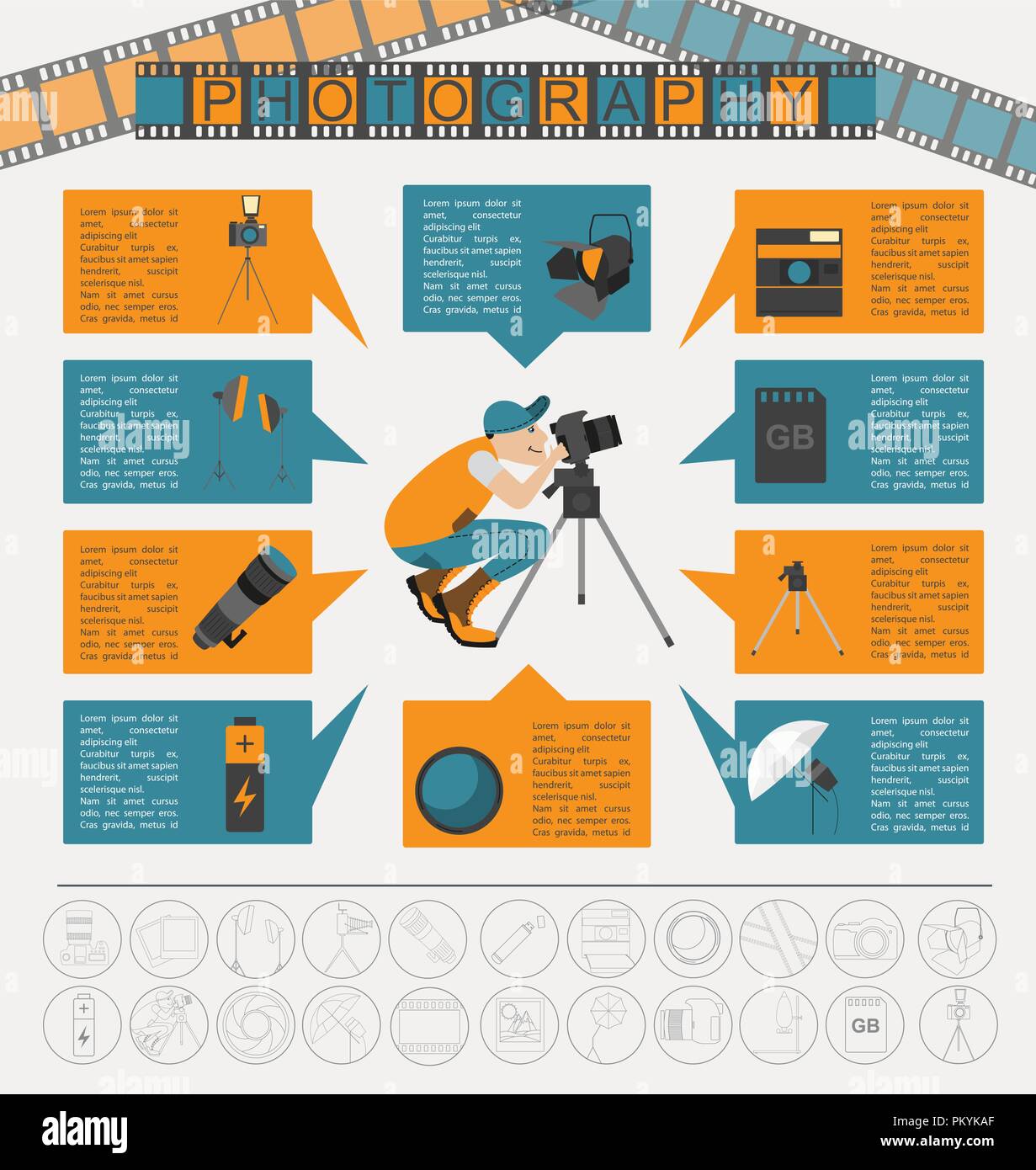Recognizing Structure: The Fundamentals Every Photographer Ought To Know
Recognizing Structure: The Fundamentals Every Photographer Ought To Know
Blog Article
Write-Up Author-Christiansen Dickey
When you get your electronic camera, understanding the basics of composition can dramatically elevate your digital photography. Methods like the Policy of Thirds, Leading Lines, and efficient framing aren't simply guidelines; they're important tools that can transform your images from ordinary to enchanting. By grasping these concepts, you'll find yourself capturing not simply photos, yet stories that reverberate. Yet what occurs when you begin bending these policies? Discovering that can lead to unexpected and powerful cause your work.
The Rule of Thirds
Among the most necessary principles in digital photography is the Guideline of Thirds. This method assists you develop balanced and interesting compositions, drawing the customer's eye to one of the most vital aspects in your image.
Picture splitting your framework into a grid of 9 equal get rid of 2 horizontal and 2 upright lines. By positioning your topic along these lines or at their intersections, you normally boost your image's aesthetic allure.
Instead of focusing your subject, try placing it off away. This approach introduces room and context, allowing viewers to check out the surrounding location.
For landscapes, position the horizon along the top or bottom third line, stressing either the sky or the land.
When you're catching pictures, line up the subject's eyes along the top third line for a much more dynamic look.
Experimenting with the Rule of Thirds will bring about more engaging and professional-looking images.
Leading Lines
Use the power of leading lines to lead your visitor's eye via the frame and create a sense of deepness in your digital photography.
Leading lines are all-natural or synthetic components that draw attention and lead the customer's look toward the primary topic. They can be anything from roads, rivers, fences, or perhaps shadows.
When you include leading lines, think of just how they can improve your make-up. Beginning by identifying solid lines in your scene.
Setting on PR Photos to use these lines efficiently, ensuring they lead to your centerpiece. As an example, a pathway introducing a landscape can stimulate a feeling of journey and welcome the customer to discover the scene.
Experiment with different angles and perspectives. Often, shooting from https://www.washingtonpost.com/lifestyle/travel/how-to-focus-on-your-travel-photography-skills-even-when-youre-not-traveling/2020/05/07/b1f36c64-8aef-11ea-ac8a-fe9b8088e101_story.html reduced angle can produce even more dynamic leading lines, while a greater perspective can supply a wider context.
Framework and Equilibrium
Framework and equilibrium play critical roles in producing visually compelling photos. When you frame your topic, you're basically creating a boundary that attracts the customer's eye directly to the centerpiece. You can use natural environments like branches, doorways, or home windows to attain this result.
Don't undervalue the power of framework; it adds depth and context, making your picture extra interesting.
Equilibrium, on the other hand, makes certain that your make-up feels steady and unified. You can attain balance with proportion or by dispersing aesthetic weight equally throughout the frame. If you put a big topic on one side, consider including smaller sized aspects on the contrary side to counterbalance it.
This method stops your picture from really feeling lopsided and produces a feeling of efficiency.
Try out both framing and equilibrium in your photography. Take several shots from different angles, readjusting how you mount your subject and just how you distribute components within the scene.
As you practice, you'll develop an intuitive understanding of how to create structures that reverberate with visitors and evoke emotion. Remember, grasping these elements can change a common image right into a striking artwork.
Verdict
By understanding composition methods like the Rule of Thirds, Leading Lines, and Framework, you can elevate your digital photography to new heights. These concepts aid you produce well balanced, appealing photos that draw viewers in and inform compelling tales. Remember to experiment and trust your reactions as you practice these fundamentals. With time and dedication, you'll change common shots into creative expressions that truly reverberate with your target market. Maintain capturing, and allow your creative thinking shine!
